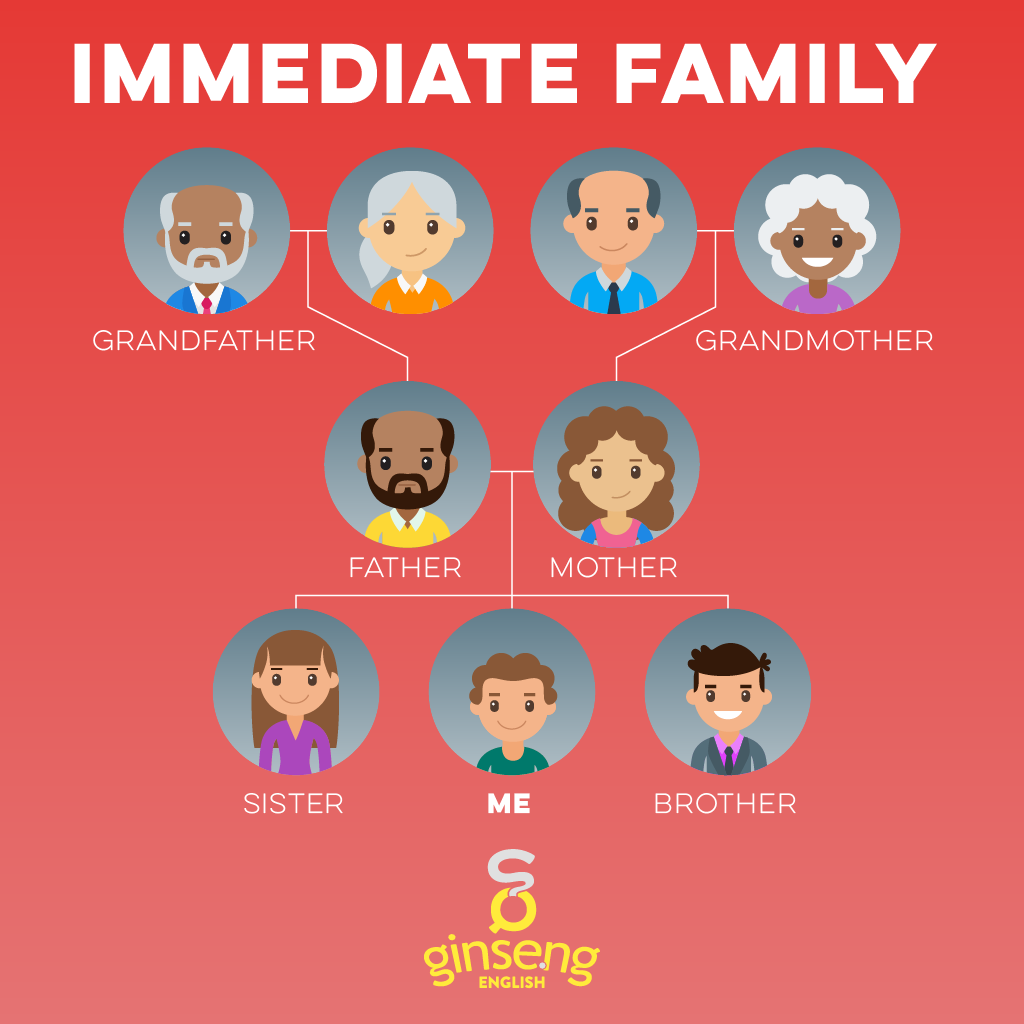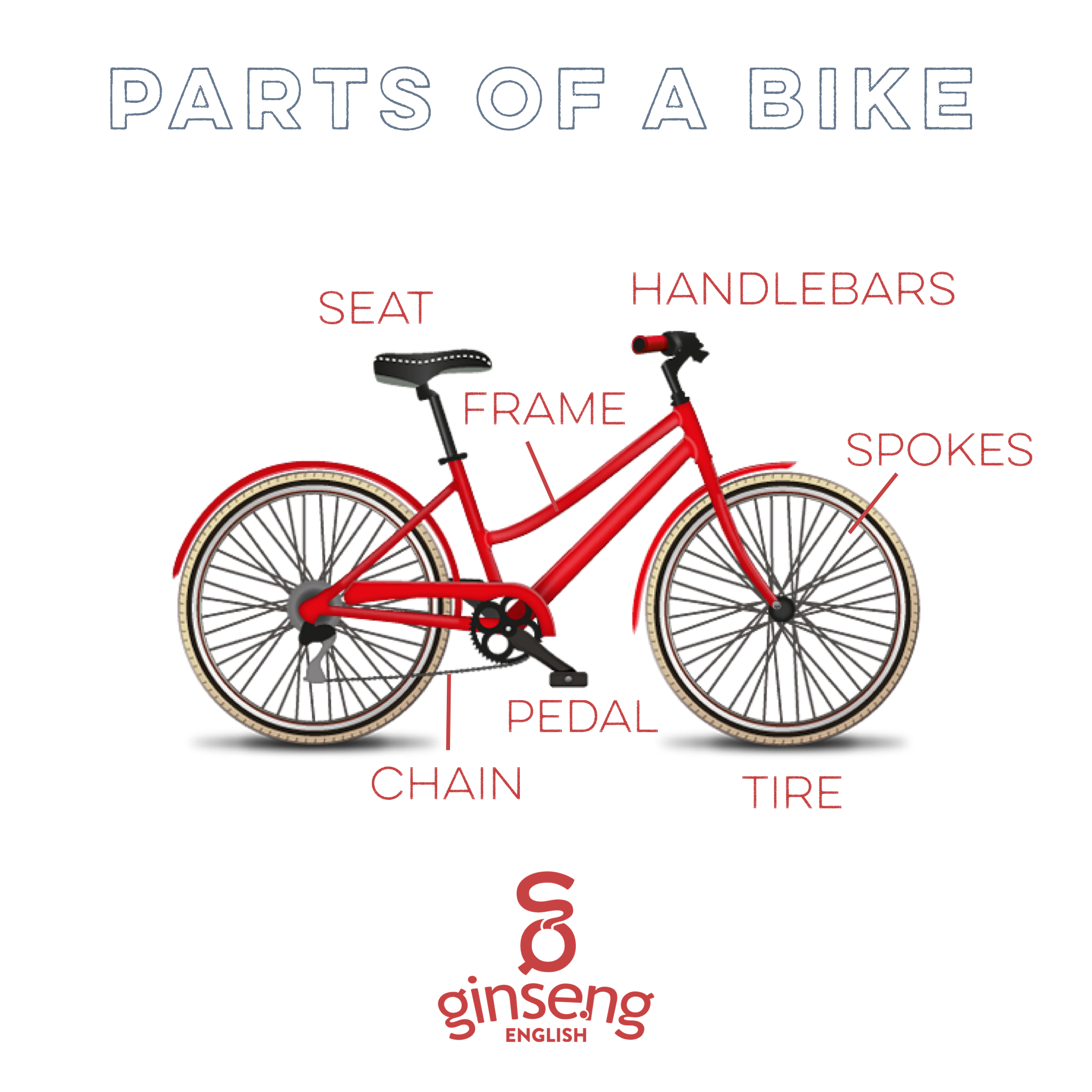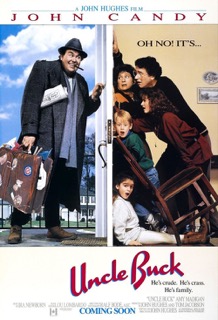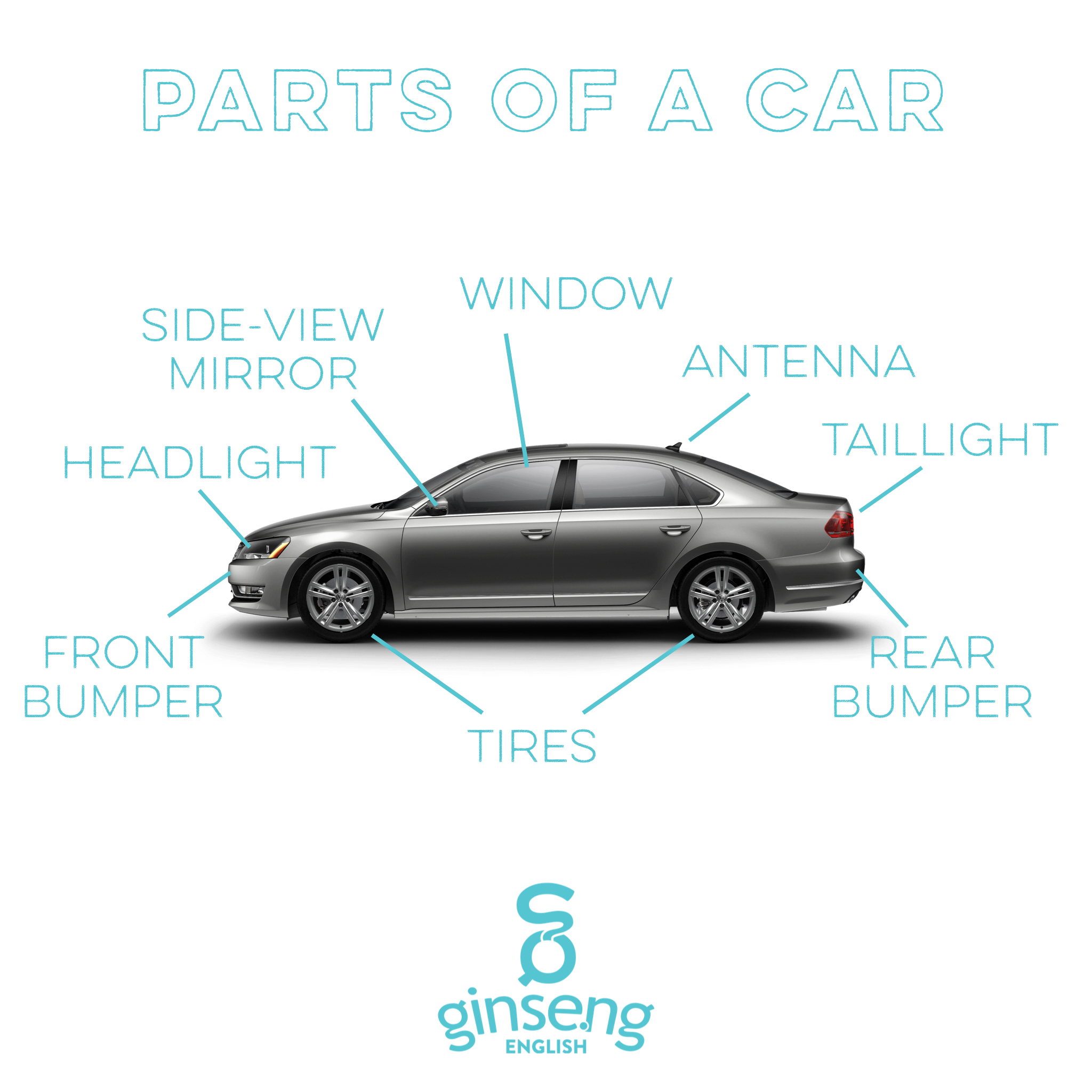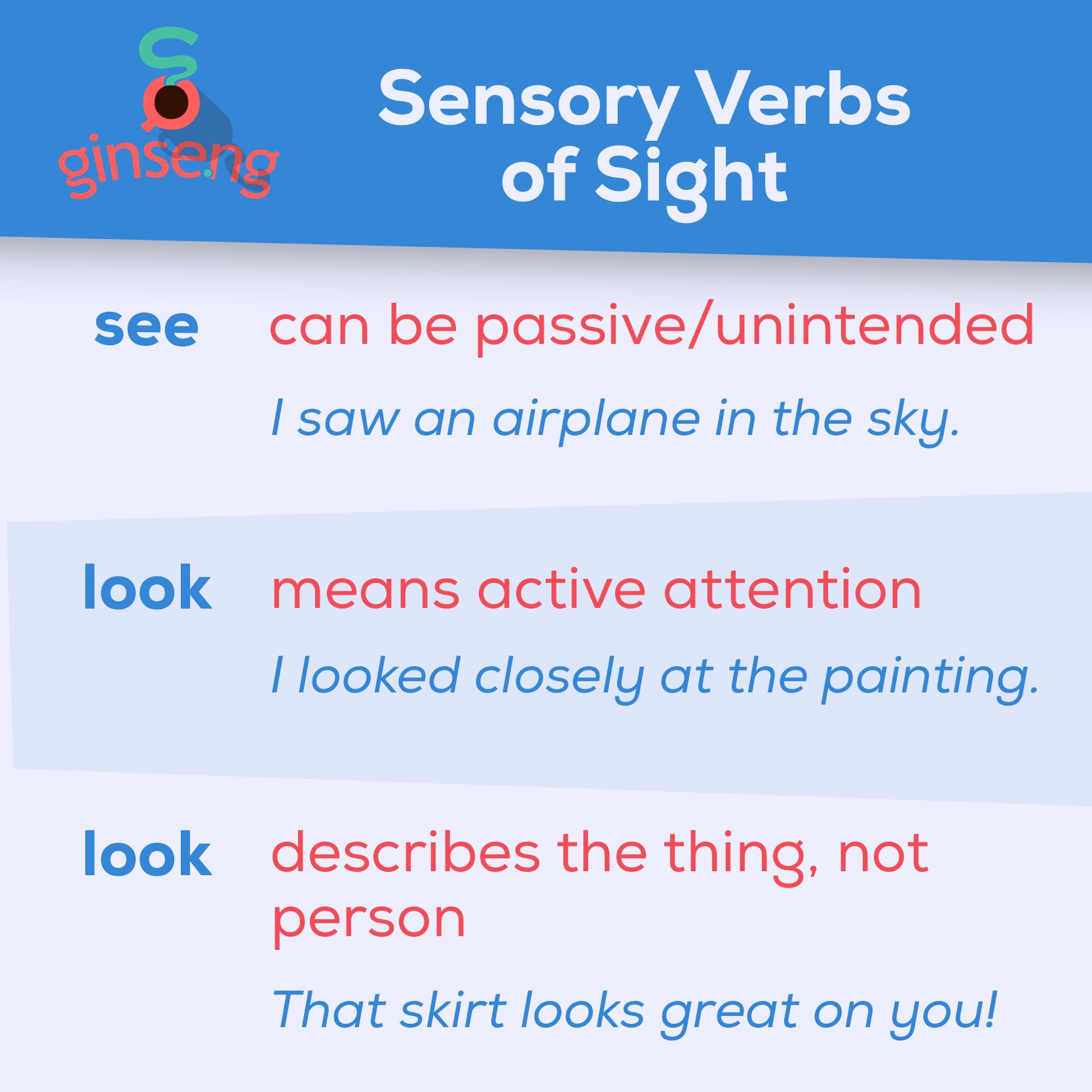English Vocabulary - Parts of a Bike
As you probably know, bike is a common short word for bicycle in English. Let's build our bicycle vocabulary by learning English names for parts of a bike!
The place where you sit is the seat, just like at the movies or in a car. You put your hands on the handlebars. Notice that this word is a combination of two other useful words: handle (something you hold in your hand) and bar (a long straight piece of metal). You put your feet on the two pedals.
The word bicycle actually means two (bi-) wheels (cycle). The rubber part of the wheel that touches the ground is called the tire. The thin metal pieces that connect to the middle of the wheel are called spokes.
The pedals connect to the rear wheel with a chain and many different circular gears. All of this is held together on a metal frame, the red part in this picture.
More free English vocabulary resources
Take a look at the different parts of a bike in English!

